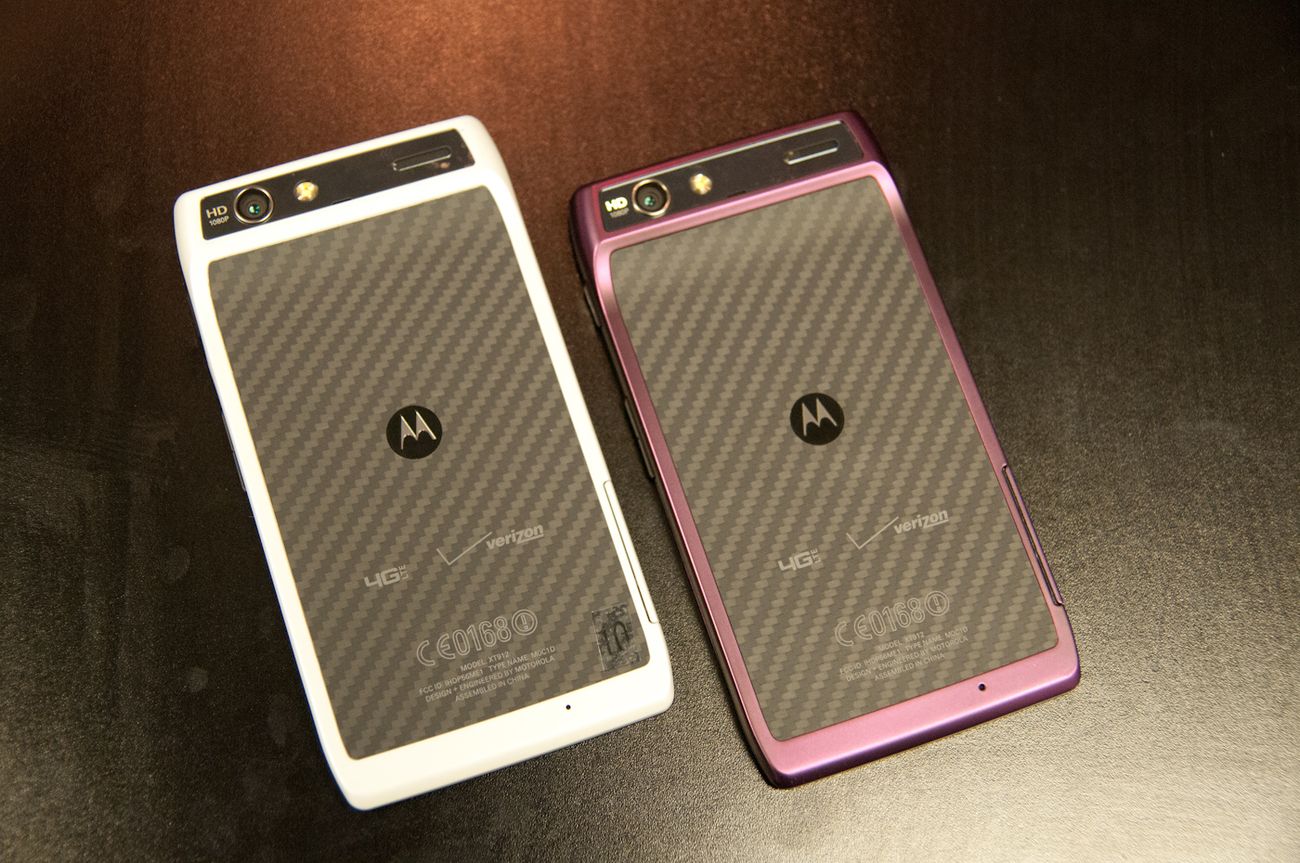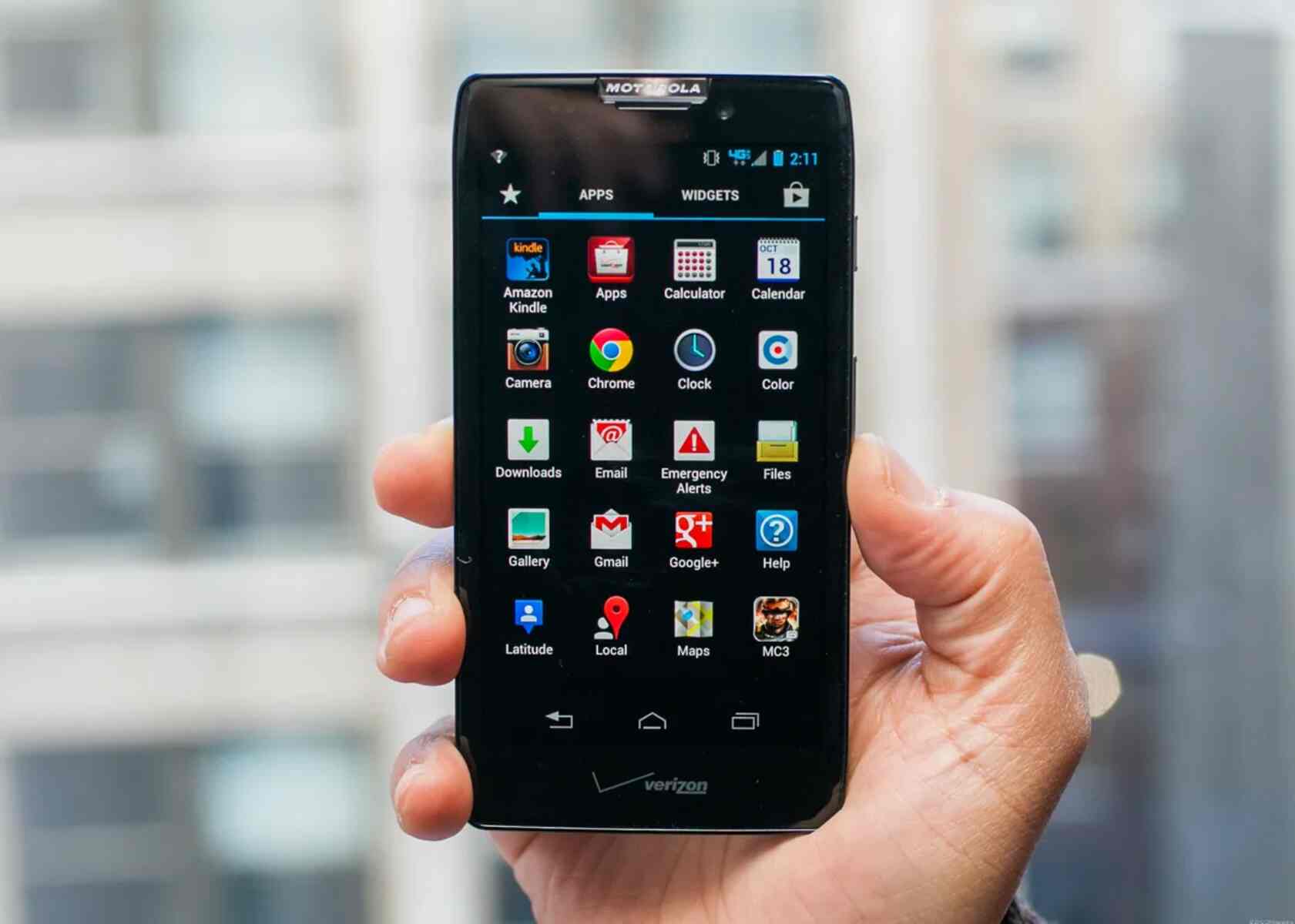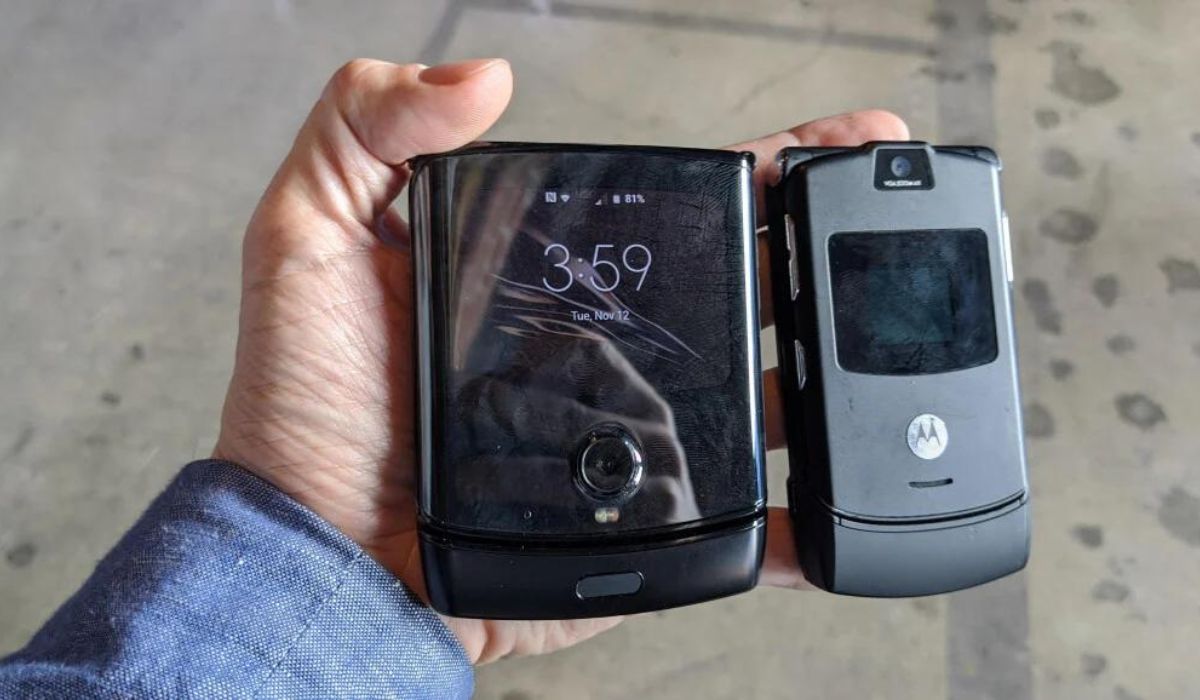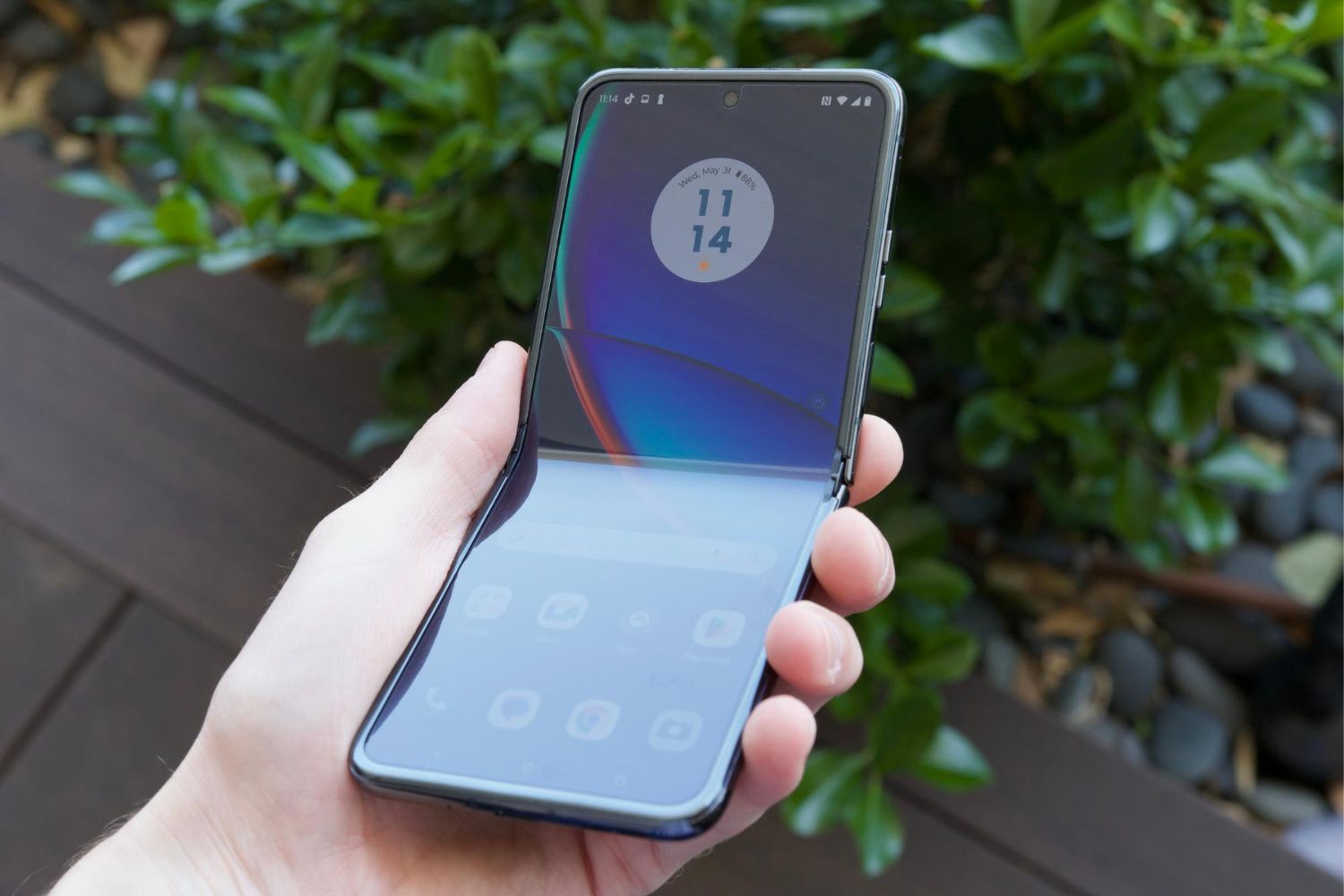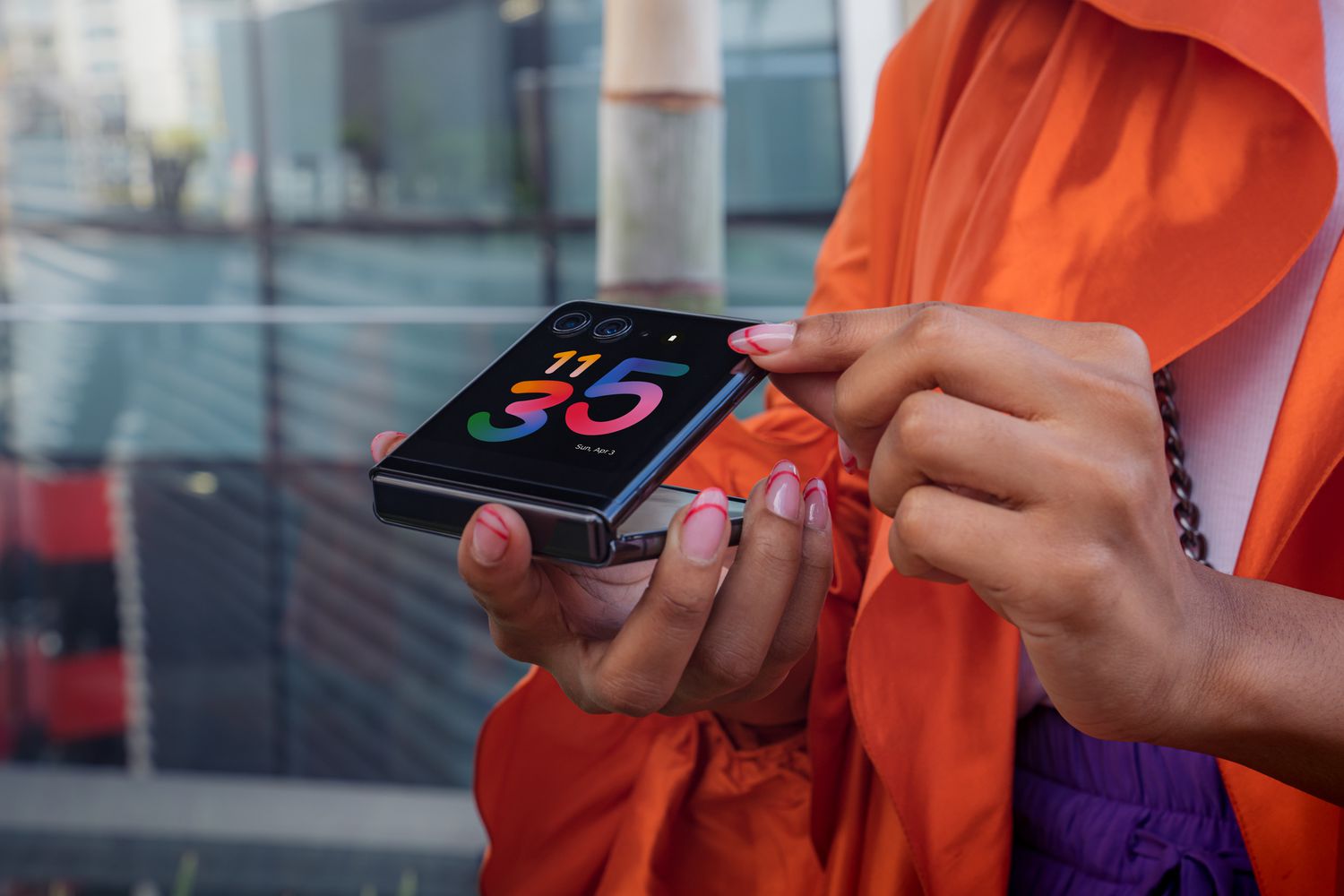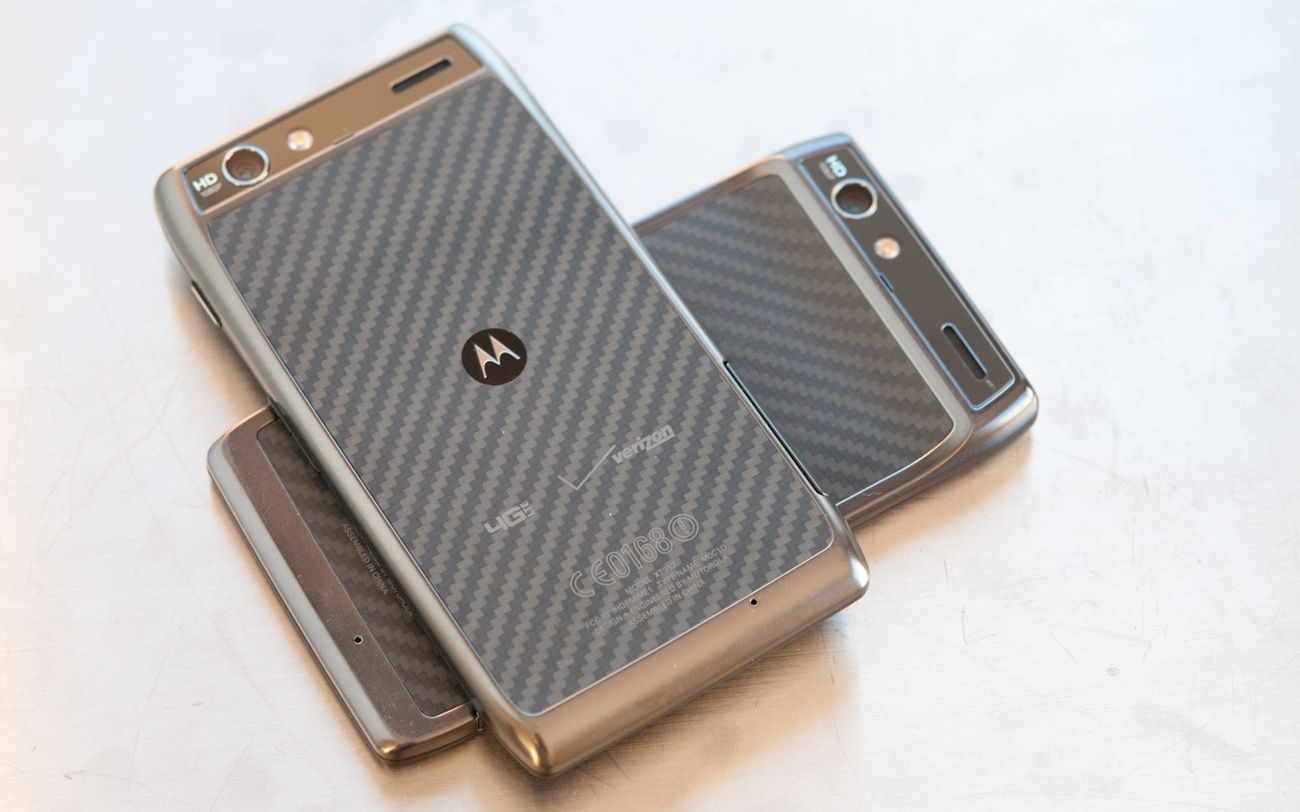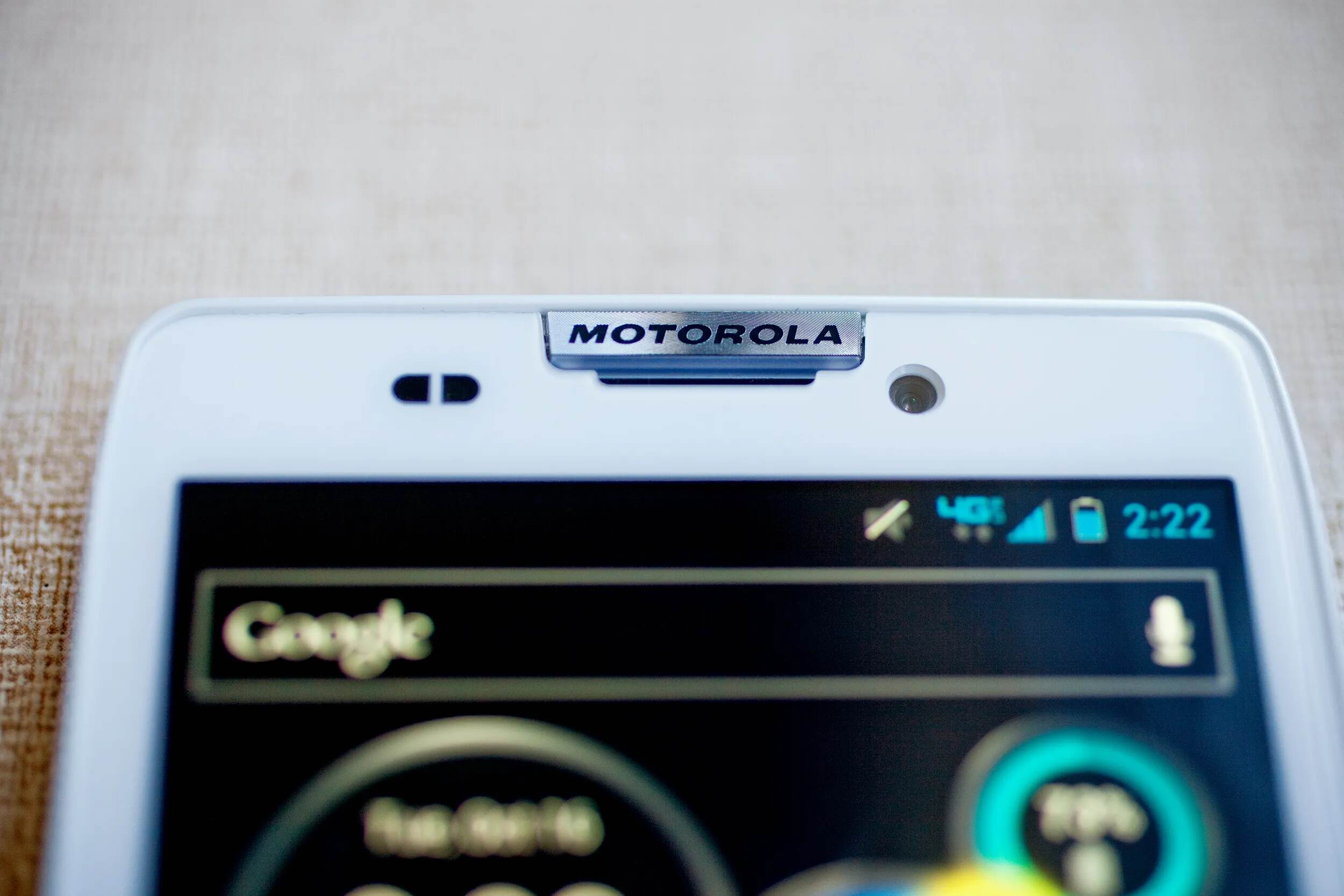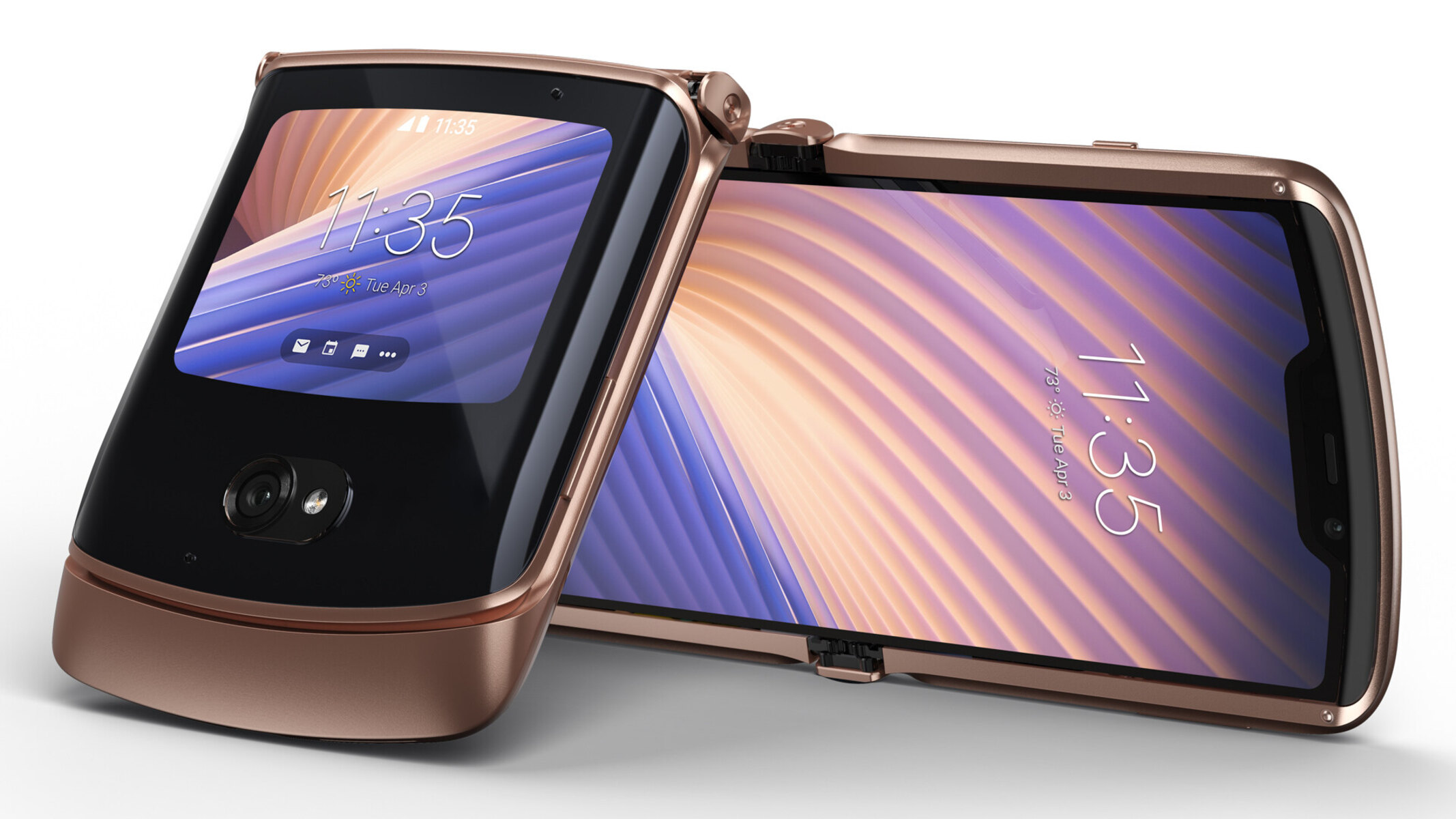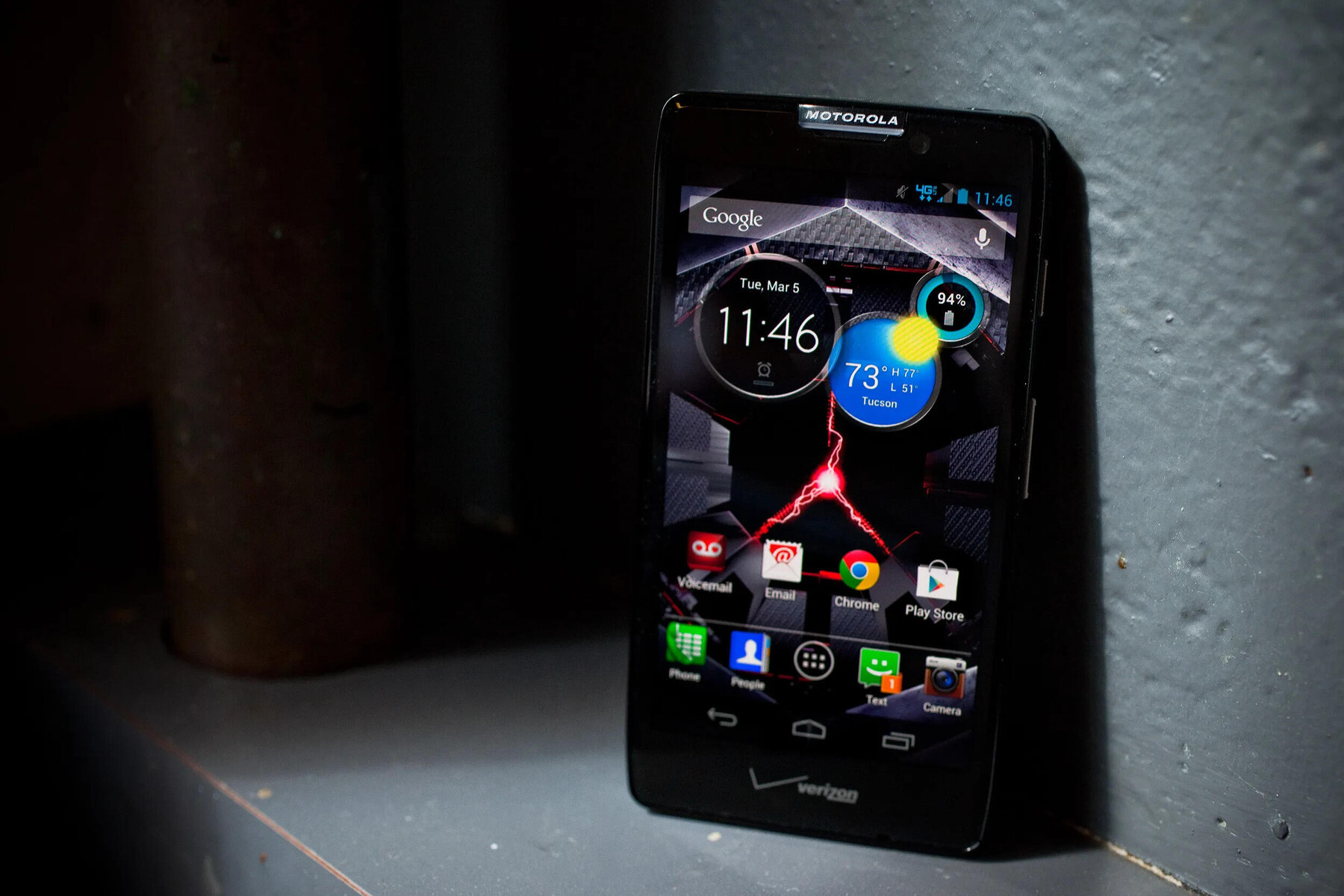Introduction
Mobile devices have become an integral part of our daily lives, serving as powerful tools for communication, entertainment, and productivity. Among the myriad of features that modern smartphones offer, the ability to expand storage using SD cards is a valuable asset. The Motorola Razr Maxx, known for its sleek design and impressive battery life, supports the use of SD cards to augment its storage capacity. In this article, we will explore various methods to access the SD card on the Motorola Razr Maxx, providing users with the flexibility to manage their data effectively.
Whether you're looking to transfer files, store multimedia content, or simply manage the data on your SD card, understanding the different methods of accessing it is essential. By leveraging the built-in file manager, connecting the device to a computer via USB, or utilizing a card reader, users can seamlessly navigate and manipulate the content stored on their SD card. Each method offers its own set of advantages, catering to different user preferences and scenarios.
As we delve into the intricacies of accessing the SD card on the Motorola Razr Maxx, it's important to note that the process can vary based on individual preferences and technological proficiency. By providing a comprehensive guide to each method, this article aims to empower users with the knowledge and confidence to make the most of their device's expandable storage capabilities. Whether you're a tech-savvy enthusiast or a casual user seeking to optimize your device's functionality, the following methods will equip you with the necessary skills to access and manage your SD card with ease.
Method 1: Using the built-in file manager
Accessing the SD card on your Motorola Razr Maxx using the built-in file manager is a straightforward and convenient method. The file manager is a pre-installed application that allows you to navigate through the device's internal storage as well as the external SD card. Here's a step-by-step guide to accessing your SD card using the built-in file manager:
-
Open the File Manager: Begin by locating the File Manager app on your device. This can typically be found in the app drawer or by searching for "File Manager" in the device's search bar.
-
Navigate to the SD Card: Once the File Manager is open, you will be presented with a list of storage locations. Look for the option that corresponds to your SD card, which is often labeled as "SD Card" or "External Storage". Tap on this option to access the contents of your SD card.
-
Manage Your Files: Upon accessing the SD card, you can browse through the files and folders stored on it. The file manager provides various options for managing your files, including copying, moving, renaming, and deleting. This allows you to organize and manipulate the content on your SD card according to your preferences.
-
Transfer Files: If you wish to transfer files between the SD card and the device's internal storage, the file manager enables seamless file transfer. You can simply select the files you want to transfer, choose the destination, and initiate the transfer process with ease.
-
Additional Features: The built-in file manager may also offer additional features such as the ability to create new folders, sort files based on different criteria, and search for specific files within the SD card's storage.
Using the built-in file manager provides a user-friendly and intuitive approach to accessing and managing the content on your SD card. Whether you're organizing your media files, transferring documents, or simply exploring the data stored on the SD card, the file manager serves as a versatile tool for efficient file management.
By leveraging the capabilities of the built-in file manager, users can effortlessly navigate through the contents of their SD card, perform file operations, and maintain a well-organized storage system on their Motorola Razr Maxx. This method offers a convenient way to access and manage the expandable storage of the device, catering to the diverse needs of users seeking seamless control over their data.
Method 2: Using a computer and USB cable
Another effective method for accessing the SD card on your Motorola Razr Maxx involves utilizing a computer and a USB cable. This approach offers a convenient way to manage the content of your SD card, allowing for seamless file transfer and organization. By establishing a connection between your device and a computer, you can leverage the larger screen and enhanced file management capabilities of the computer to access and manipulate the data on your SD card.
Here's a detailed guide on how to access your SD card using a computer and USB cable:
-
Connect Your Device: Begin by connecting your Motorola Razr Maxx to a computer using a compatible USB cable. Upon establishing the connection, your device may prompt you to select the type of USB connection. Choose the option that enables file transfer or media sync, allowing the computer to access the contents of your device, including the SD card.
-
Access Your Device on the Computer: Once the connection is established, navigate to "My Computer" or "This PC" on your computer. Your device should appear as a connected device, often labeled with the device name or model. Click on the device to access its storage, including the internal storage and the SD card.
-
Navigate to the SD Card: Within the storage of your device, you will find the SD card listed as a separate storage location. Click on the SD card to explore its contents, including the files and folders stored on it. This allows you to view, manage, and transfer the data on your SD card using the file management capabilities of your computer.
-
Transfer Files: Using the computer's file management interface, you can seamlessly transfer files between the SD card and the computer. This method provides a larger screen and enhanced file management features, making it convenient to organize and manipulate the content on your SD card.
-
Eject Your Device: After you have completed the file operations, it's important to safely eject your device from the computer. This ensures that the connection is terminated properly, preventing any potential data loss or corruption.
By leveraging the capabilities of a computer and a USB cable, users can access and manage the content on their SD card with enhanced convenience and efficiency. Whether you're transferring large media files, organizing documents, or backing up important data, this method provides a seamless bridge between your device and the expansive file management capabilities of a computer.
Accessing your SD card using a computer and USB cable offers a versatile approach to managing your device's expandable storage, empowering users with the flexibility to leverage the resources of both their mobile device and the computer for efficient file management.
Method 3: Using a card reader
Utilizing a card reader to access the SD card on your Motorola Razr Maxx presents a versatile and efficient method for managing the content stored on the expandable storage. A card reader serves as an external device that allows you to directly access the contents of your SD card by connecting it to a computer or another compatible device. This approach offers flexibility and convenience, enabling users to leverage the capabilities of the card reader and the file management features of their preferred device. Here's a comprehensive guide on how to access your SD card using a card reader:
-
Connect the Card Reader: Begin by connecting the card reader to a computer or a compatible device using the appropriate interface, such as USB or USB-C. Ensure that the card reader is securely connected to the device, establishing a reliable connection for accessing the SD card.
-
Insert the SD Card: Once the card reader is connected, carefully insert your SD card into the designated slot on the card reader. Ensure that the SD card is inserted in the correct orientation to prevent any potential damage to the card or the reader.
-
Access the SD Card: After inserting the SD card, navigate to the file management interface of your computer or the connected device. The SD card should appear as a removable storage device, accessible through the file explorer or file manager. Click on the SD card to explore its contents, including the files and folders stored on it.
-
Manage Your Files: Using the file management interface of the connected device, you can browse through the content on your SD card and perform various file operations. This includes copying files to and from the SD card, organizing folders, and managing the data according to your preferences.
-
Transfer Files: The card reader facilitates seamless file transfer between the SD card and the connected device. Whether you're transferring multimedia files, documents, or other types of data, the high-speed data transfer capabilities of the card reader ensure efficient file management.
-
Eject the SD Card: Once you have completed the file operations, it's essential to safely eject the SD card from the connected device. This prevents data corruption and ensures that the SD card can be safely removed from the card reader.
Using a card reader to access the SD card on your Motorola Razr Maxx offers a convenient and versatile approach to managing your expandable storage. Whether you're working with large media files, organizing documents, or backing up important data, the card reader serves as a reliable bridge between your SD card and the file management capabilities of your preferred device. This method empowers users with the flexibility to seamlessly access and manage the content on their SD card, catering to diverse file management needs with efficiency and convenience.
Conclusion
In conclusion, the Motorola Razr Maxx provides users with a range of versatile methods to access and manage the content stored on the SD card, enhancing the overall storage capabilities of the device. Whether utilizing the built-in file manager, connecting the device to a computer via USB, or leveraging a card reader, each method offers unique advantages tailored to diverse user preferences and scenarios.
The built-in file manager serves as a user-friendly tool for navigating and organizing the content on the SD card, providing seamless file operations and efficient data management directly from the device. This method offers convenience and accessibility, allowing users to effortlessly transfer files, create folders, and maintain a well-organized storage system without the need for additional hardware or connections.
Connecting the Motorola Razr Maxx to a computer via USB cable presents an alternative approach, offering the enhanced file management capabilities of a computer for accessing and manipulating the content on the SD card. This method provides a larger screen and advanced file operations, empowering users to efficiently organize, transfer, and back up their data with the convenience of a familiar computing environment.
Furthermore, utilizing a card reader offers a flexible and efficient means of accessing the SD card, enabling seamless connectivity with a computer or other compatible devices. The card reader serves as a reliable bridge for high-speed data transfer, allowing users to manage their SD card content with versatility and convenience, particularly when working with large media files, documents, or backups.
By understanding and leveraging these methods, users can optimize their experience with the Motorola Razr Maxx's expandable storage, ensuring seamless access to their data and efficient management of their digital content. Whether it's organizing multimedia files, transferring documents, or creating backups, the diverse methods of accessing the SD card empower users to tailor their file management approach to their specific needs and preferences.
In essence, the ability to access and manage the SD card on the Motorola Razr Maxx reflects the device's commitment to providing users with a seamless and intuitive storage experience. By embracing the versatility of these methods, users can harness the full potential of their device's expandable storage, enhancing their ability to store, organize, and transfer data with ease and efficiency.







